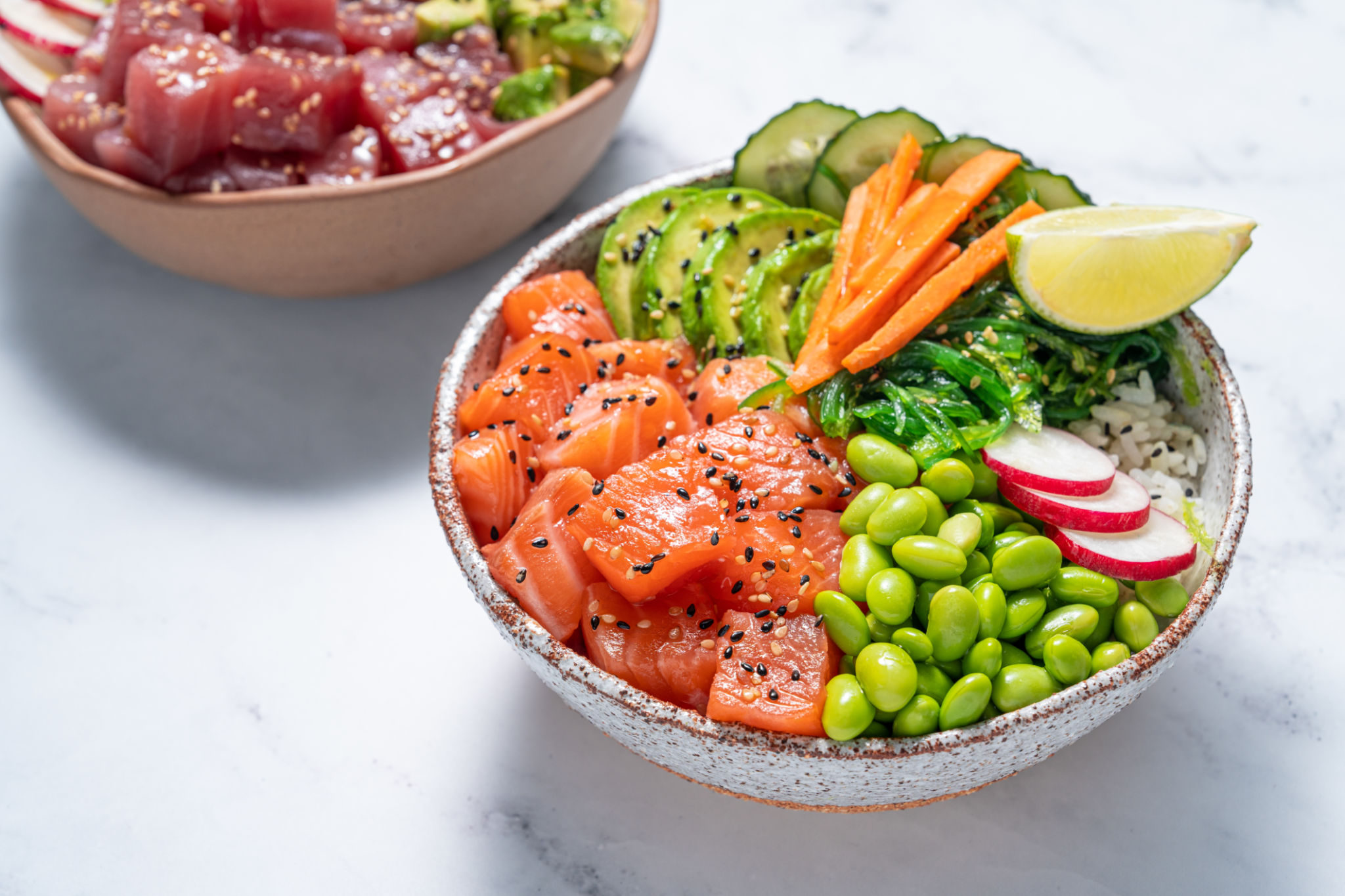Pre and Post-Workout Tips: Dos and Don'ts
Introduction
You crushed your workout, but are you doing everything you can to maximize your results? The truth is, what happens before and after you exercise is just as important as the workout itself. Skipping a warm-up, neglecting recovery, or making the wrong food choices could be holding you back from building muscle, burning fat, and improving performance. In this guide, we’ll break down the essential do’s and don’ts to help you train smarter, recover faster, and reach your fitness goals more efficiently. Let’s get started.

Before Your Workout: The Do’s
1. Warm Up Properly
A proper warm-up preps your body for movement, reducing injury risk and improving performance. Spend at least 5–10 minutes doing dynamic stretches and light cardio, like jumping jacks or jogging.
2. Hydrate Well
Start hydrating at least an hour before your workout. Dehydration can cause muscle cramps and fatigue. Aim for 16–20 oz of water pre-workout.
3. Eat the Right Pre-Workout Meal
Fuel your body with a balanced meal that includes carbs and protein about 1–2 hours before exercising. Examples:
- A banana with peanut butter
- Oatmeal with berries
- A smoothie with protein and fruit
If you're looking for quick energy for workouts without bloating, opt for easily digestible carbs like rice cakes or a small serving of dates.
4. Wear the Right Gear
Proper workout attire and supportive shoes can prevent discomfort and injuries. Make sure your clothing allows for movement and breathability.
5. Get in the Right Mindset
Mental preparation matters. Set an intention for your workout and visualize success. This can boost motivation and focus.
6. Pay Attention to Your Bathroom Needs
Going into a workout with a full bladder or digestive discomfort can be distracting and hinder performance. Visit the restroom before starting.
7. Check Your Posture Before Lifting Weights
Posture plays a huge role in preventing injuries. Make sure your spine is neutral and your shoulders are relaxed before starting any resistance training.
If you're wondering how to lift weights safely as a beginner, start with bodyweight exercises and gradually introduce resistance. You can check out our guide on how to build muscle at home for more tips.
Before Your Workout: The Don’ts
1. Skip the Warm-Up
Jumping straight into intense exercise without warming up increases your risk of injuries and strains.
2. Eat Heavy or Fatty Foods
Avoid greasy or high-fat foods right before a workout. They can cause sluggishness and digestive discomfort.

3. Overdo Caffeine
While pre-workout drinks and coffee can provide an energy boost, too much caffeine can lead to jitters, dehydration, and even nausea.
4. Static Stretching Before Exercise
Holding stretches for long periods before a workout can reduce strength and performance. Instead, stick to dynamic movements.
5. Work Out on an Empty Stomach (Unless Fasting Intentionally)
Exercising on an empty stomach can lead to dizziness, fatigue, and muscle loss. If you prefer fasted workouts, make sure to hydrate and listen to your body.
6. Ignore Breathing Techniques
Breathing lightly can result in tiredness and lower efficiency. Practice deep belly breathing before starting your session.
After Your Workout: The Do’s
1. Cool Down and Stretch
Gradually lower your heart rate with light activity and follow up with static stretching to improve flexibility and reduce soreness.
2. Rehydrate
Consume ample fluids after exercising to restore hydration levels. If you had an intense session, consider an electrolyte-rich drink.
3. Eat a Balanced Post-Workout Meal
Your body needs nutrients for recovery. Within 30–60 minutes after your workout, eat a meal rich in protein and complex carbs, such as:
- Grilled chicken with quinoa and veggies
- A protein smoothie with banana and almond milk
- Greek yogurt with nuts and honey
For those seeking muscle recovery foods that speed up healing, add anti-inflammatory options like turmeric, ginger, and tart cherry juice.
4. Prioritize Recovery
Rest is crucial! Allow your muscles to repair by getting enough sleep, practicing active recovery, or using foam rolling techniques.
5. Listen to Your Body
Soreness is normal, but pain is not. If you feel excessive fatigue or discomfort, adjust your routine and give your body time to recover.
6. Pay Attention to Your Skin
Sweating can clog pores and cause breakouts. Wash your face and shower after workouts to keep your skin clear and healthy.
For those with sensitive skin after workouts, use a gentle cleanser and avoid touching your face while exercising.

7. Avoid Sudden Exposure to Cold
Jumping straight into a cold environment post-workout can cause muscle tightness. Allow your body to gradually adjust to temperature changes.
After Your Workout: The Don’ts
1. Skip the Cool-Down
Stopping suddenly after an intense workout can cause dizziness or stiffness. Take time to cool down properly.
2. Forget to Refuel
Skipping post-workout nutrition can delay muscle recovery and make you feel drained.
3. Stay in Sweaty Clothes
Sweaty clothes trap bacteria, increasing the risk of skin issues and infections. Change into dry clothing after your workout.
4. Overcompensate with Unhealthy Food
Just because you worked out doesn’t mean you should reward yourself with junk food. Stick to nutrient-dense meals to support your goals.
5. Ignore Rest Days
Overtraining can lead to burnout and injuries. Schedule rest or active recovery days to allow your body to rebuild stronger. If you're unsure how often to take rest days for muscle growth, aim for at least one or two days per week depending on intensity.
6. Neglect Joint Care
Your joints take a beating during workouts. Incorporate joint-friendly movements, use proper form, and consider supplements like omega-3s for joint health. For those struggling with joint pain from exercise, low-impact workouts like swimming or cycling can be beneficial.
Conclusion
A great workout isn’t just about what you do in the gym—it’s about your pre- and post-workout habits too! By following these do’s and don’ts, you’ll improve your performance, recover faster, and get closer to your fitness goals.